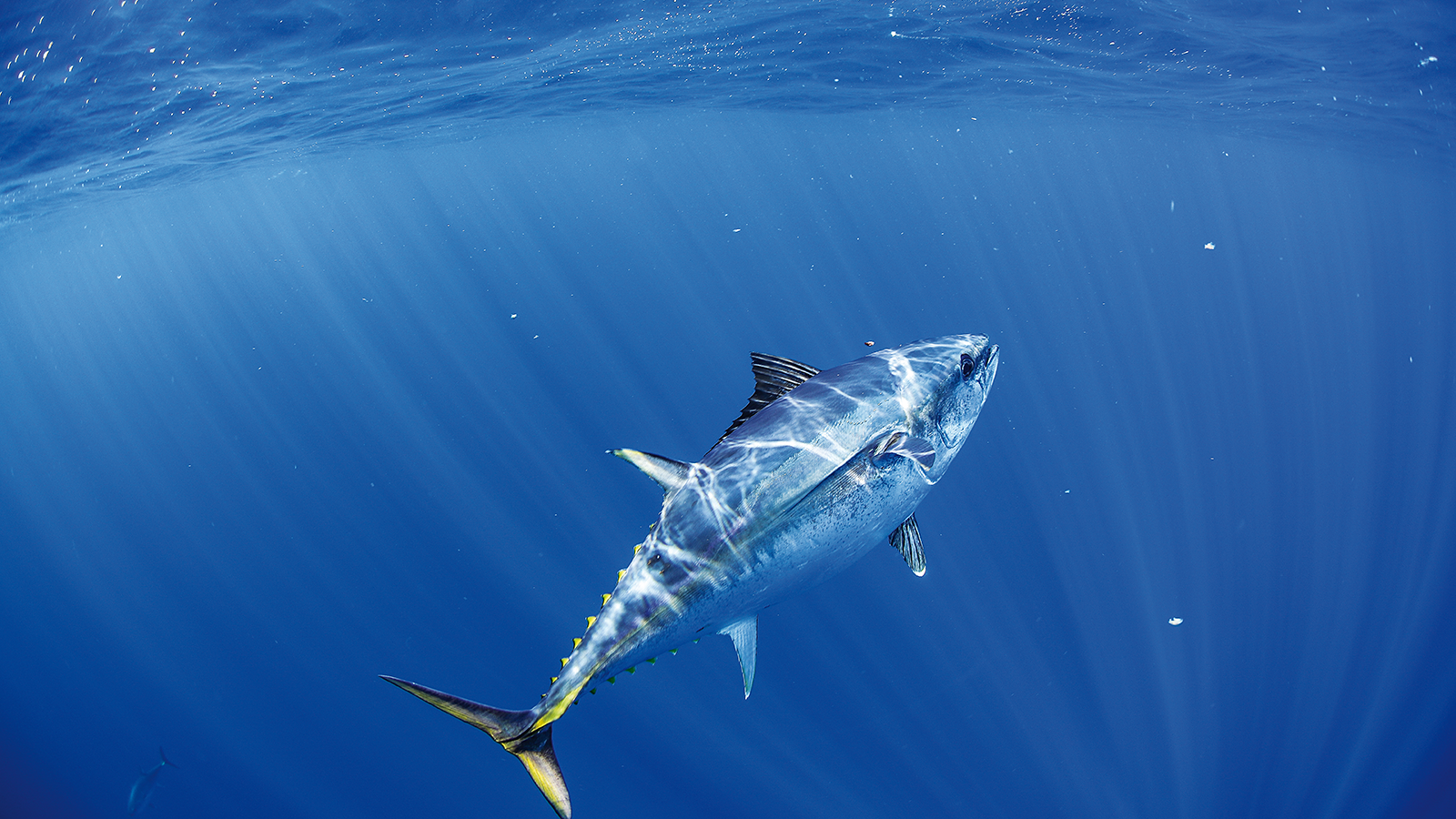The inshore gillnet fishery of Queensland operates in nearshore shallow, turbid waters of our coastline also shared with species of conservation interest (SOCI; eg. dugong, turtle, dolphin and large sharks. Interactions between nets and SOCI are inevitable and in the interest of conservation, safety and fishing efficiency there is a need to minimise these interactions.
Current construction of gillnets mean that very large animals often become entangled in the nets and are unable to break free. Where the animal breaks free or is cut free by the fisher, significant damage is caused to the fishing gear reducing fishery efficiency, productivity and profitability. More importantly, these interactions pose an unnecessary risk to the fisher and the vessel, often resulting in injury or mortality to the animal.
There is significant concern for the conservation of SOCI in northern Australia, particularly in the GBRMP; a World Heritage Area. Fishing, particularly the use of gillnets, is regarded as a major threat to SOCI. Assessing strategies for net fisheries that may minimise these interactions is seen as high priorities for research by the Great Barrier Reef Marine Park Authority, Queensland Fisheries and conservation groups such as the World Wildlife Fund. This project addresses these high priorities and also addresses one of the high priority research areas specified for inshore fisheries by the Queensland Fisheries Research Advisory Board for 2010. Effective mitigation using modified gear will minimise the need for urgent government intervention as seen in the Boyne River recently (http://www.cabinet.qld.gov.au/MMS/StatementDisplaySingle.aspx?id=74570).
In Australia, the dugong is protected under the Environment Protection and Biodiversity Conservation Act 1999 as a listed 'migratory species' and a listed 'marine species' and ‘vulnerable’ under Queensland’s Nature Conservation (Wildlife) Regulation 2006. The dugong is also listed as a 'protected species' under the Great Barrier Reef Marine Park Regulations 1983.





